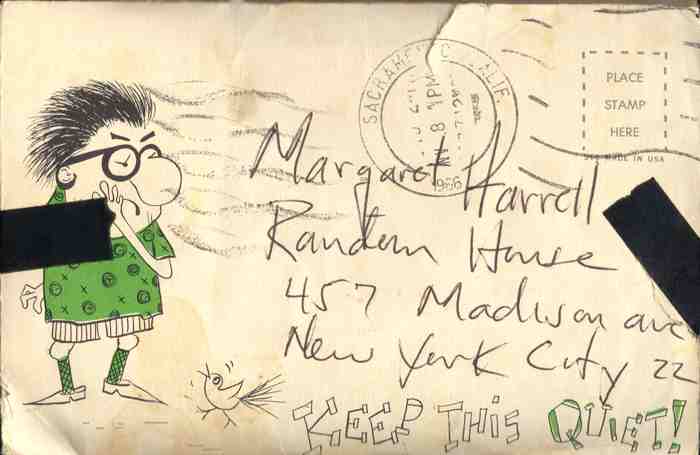The series title comes from the envelope above, which Hunter sent me (his copy editor for Hell’s Angels) upon learning what I looked like. And how young I was. Keep This Quiet! comes replete with letters and other materials from Hunter – not available elsewhere – about the Hell’s Angels period. It also corrects some widely touted anecdotes. I was not only Hunter’s copyeditor/Assistant Editor on Hell’s Angels but also a friend.
What is KTQ! about???
Kirkus Reviews says
Harrell’s memoir details her relationships with Hunter S. Thompson, Milton Klonsky and Jan Mensaert, and how these partners influenced her life by the way in which they lived their own. . . . Though disparate in age, temperament and locale, all three attracted the author because of her sense that they symbolized the zeitgeist of the 1960s and the coming post-modern era. Each man was fiercely individualistic, consciously deciding to live on his own terms in his life and work. For their part, all were physically attracted to Harrell, as well as finding in her a kindred spirit. . . .
Memoir will likely please Hunter S. Thompson fans and appeal to readers with an interest in the beginnings of the post-modern era or the personal sacrifices involved in bringing serious written work to fruition.
In addition to providing a missing chapter in the life of Hunter Thompson, just before he became the father of Gonzo journalism, Keep This Quiet! also saves from the wreckage and trash bin of time a missing chapter in the life of two other outlaw writers: New York City poet genius Milton Klonsky and flamboyant Belgian poet Jan Mensaert. As a copy editor, then assistant editor to Jim Silberman at Random House in the late ’60s, I had a personal and professional relationship with Hunter, receiving hilarious and tormented correspondence. Now, for the first time, in this new Hunter Thompson book, I reveal stories, memories, and previously unpublished letters by Hunter, with the permission of his Estate. Below, to set the stage, is a photo from that time.
These stories and memories surrounding his breakout success in Hell’s Angels – which led to Gonzo journalism – have never been revealed by biographers before. In Hunter’s own words Keep This Quiet! captures that turning-point moment when he began to be a searing voice of his generation. The missing chapter in the lives of Klonsky and Mensaert also illustrates page-turning alternative lifestyle.
With a dynamic examination of relationships—from a woman’s point of view—this story dramatizes the joys and pitfalls of trying to live a meaningful life.
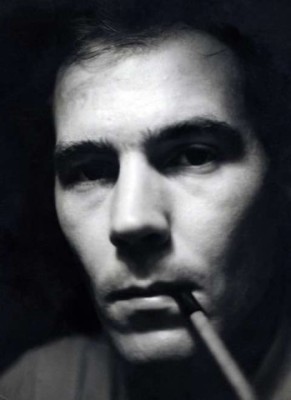
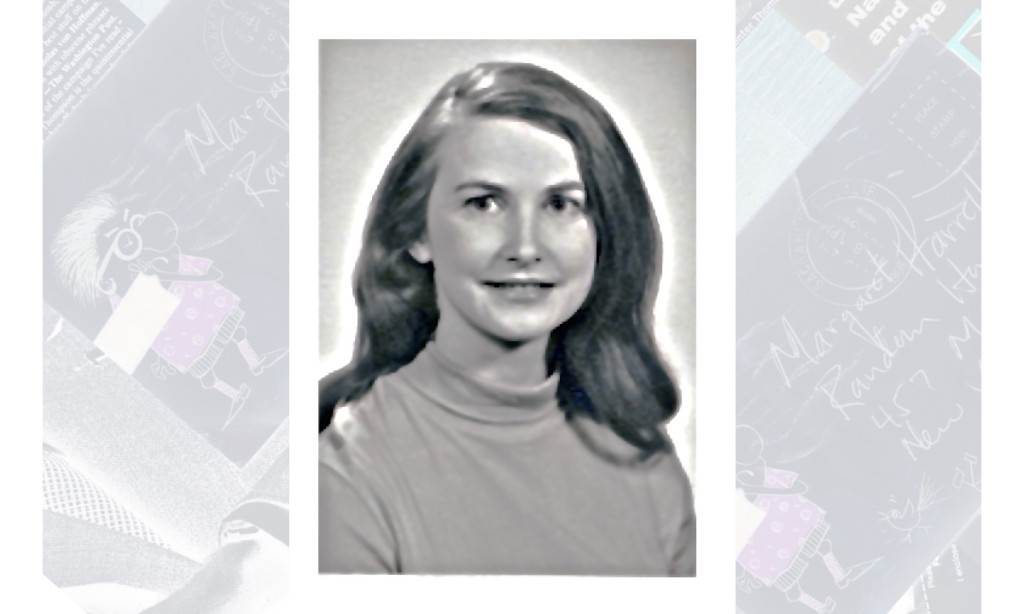
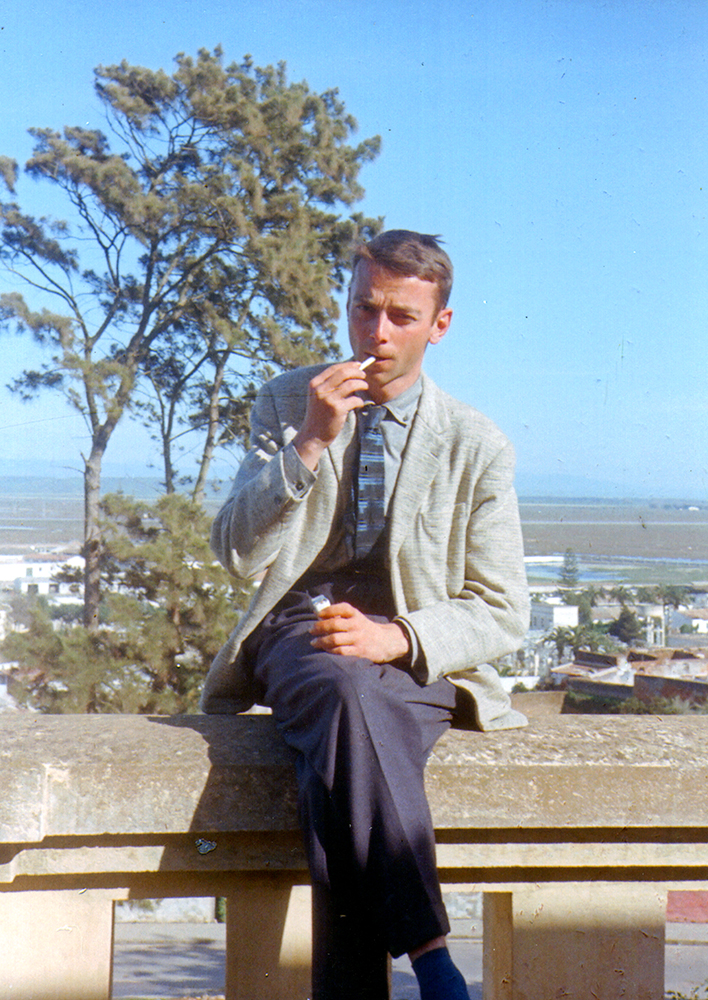
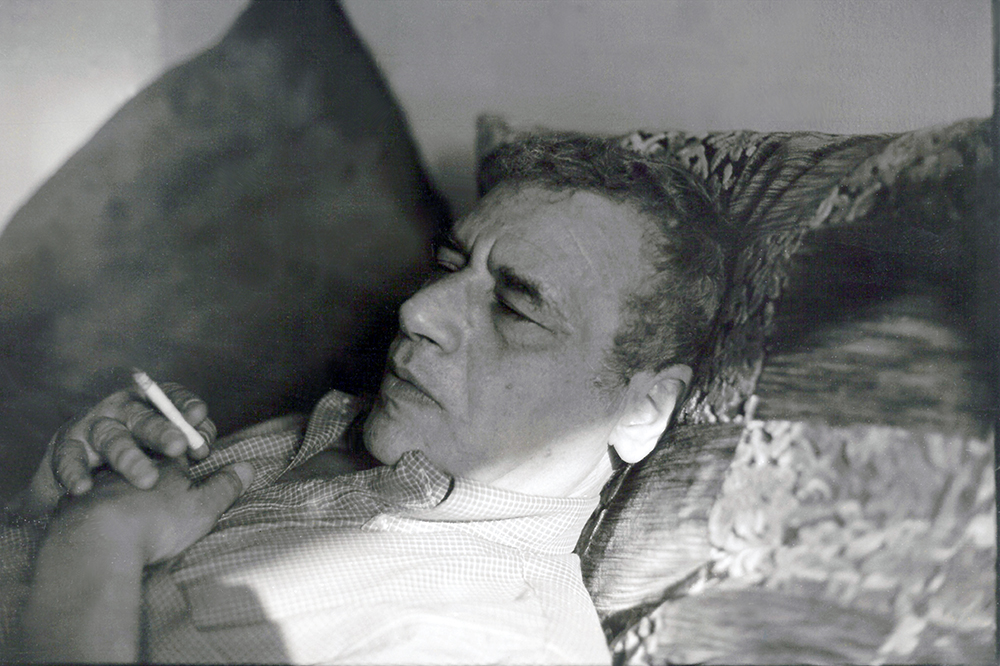
Keep THIS Quiet Too! More Adventures with Hunter S. Thompson, Milton Klonsky, and Jan Mensaert continues the story – moving it to Europe and North Africa. Never far away, HST and Milton Klonsky aid and abet while I live in these exotic locations with my poet maudit husband, Jan Mensaert. The Fitzgeraldian finale is at Owl Farm after a stint at the Jung Institute in Zurich. Ever the master of variety, Keep THIS Quiet Too! slides in and out of different veins, from comic to serious to outrageous to transformative to romantic to literary. Volume 2 starts in 1971, ends in 1991, just before Hunter wrote Fear and Loathing in Elko.
The Keep This Quiet! series – with its intersection of four biographies, its archival wealth, and its tale of romantic involvement with three writers who refused to think inside the box – should speak to anyone who likes to look at the world through their own eyes; probe offbeat (including celebrity) attempts to live authentically.
Keep This Quiet! III: Intiations
As the title indicates, the series takes a big jump here – a quantum leap – to the C. G. Jung Institute Zurich, where Margaret was enrolled 1984-87. She is headed for a big initiation, a “Confrontation with the Self,” as it’s called at the Institute She narrates it for us – showing how initiations are life-transforming – in that way pulling back her own curtain from some of the mysteries of multidimensionality. On the science and psychology side, she also dives into the debate between physicist Wolfgang Pauli and psychiatrist Carl Jung about how physics/matter and psyche/spirit/synchronicity emerge from a unified psychophysical realm. Dreams and other internal cues lend assistance, as do the brilliant Jung-Pauli letters. Exercises in the back offer practical help in how to work with energy.
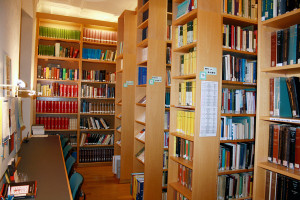
Book covers by Gaelyn Larrick and KTQ! interior (template for the series) by Bram Larrick
